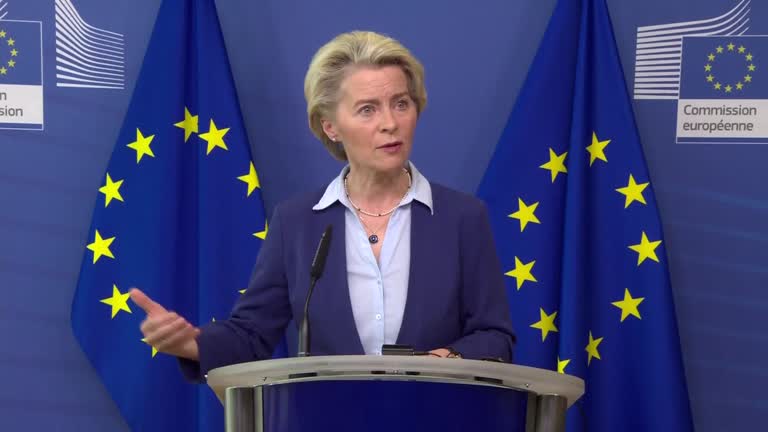
It is interpreted that it has put the brakes on the outflow of technologies or products that can be diverted for military purposes to China, and is starting to delist China in earnest following the U.S.
“We have adopted a joint communication on European economic and security strategies,” the European Commission said in a press release. With a total of 15 pages, the main focus is △ enhancing European competitiveness △ protecting against potential risks △ diversifying European supply chains. The core of these is to control exports and strengthen overseas investment screening for sensitive technologies in Europe described in the “potential risk” section. This includes quantum computing, artificial intelligence (AI), and advanced semiconductor technology. In particular, the executive agency emphasized, “The goal is to prevent it from being leaked to countries of concern that implement sensitive technology and military-friendly “dual use” civil and military convergence strategies.” Although it did not directly mention China, it is interpreted that it is actually aimed at China in that Chinese President Xi Jinping has put forward civil-military convergence as a national strategy and used the word “delisking” several times, the EU’s new policy on China.
For the first time in history, the government has introduced a plan to reduce its economic dependence on China by promoting economic security strategies. The communication itself is not legally binding, so based on this, the EU is expected to begin legislative work to check the public. EU leaders will discuss relations with China and the contents of the communication at a summit in Brussels, Belgium, from the 29th to the 30th of next month. In particular, it was noted that the communication came a day after U.S. Secretary of State Tony Blinkon’s visit to China. At a press conference to wrap up his visit to China, Blinkon presented the concept of delisking in detail. China’s exports to the U.S. have also been decreasing for 10 consecutive months due to the acceleration of supply chain reorganization from the U.S. According to Hong Kong’s South China Morning Post (SCMP), some Chinese companies are using the method of setting up factories in Mexico, which borders the U.S., assembling goods, and exporting finished products to the U.S. Meanwhile, Indian Prime Minister Narendra Modi began his five-day state visit to the United States. The United States is stepping up cooperation with India to keep China in check.
JENNIFER KIM
US ASIA JOURNAL



